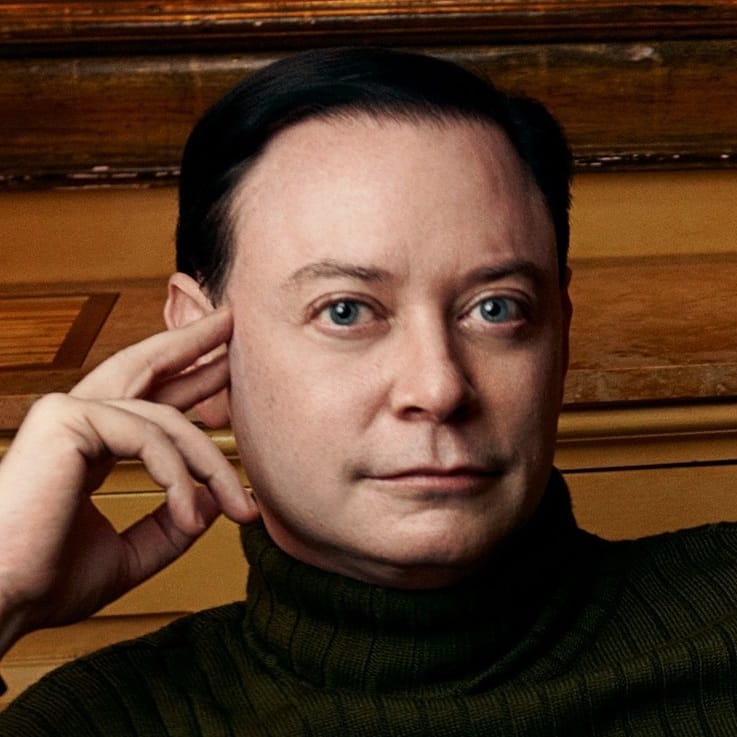 The John Adams Institute welcomed the renowned Sterling Professor of History, Peter Gay. His work, Schnitzler’s Century: The Making of Middle-Class Culture 1815-1914 (Penguin UK, 2001), had been translated recently into Dutch by Publishing House De Bezige Bij under the title De eeuw van Schnitzler: Een nieuwe geschiedenis van de negentiende eeuw. Herman Beliën, historian at the University of Amsterdam, introduced Peter Gay and interviewed him following his reading.
The John Adams Institute welcomed the renowned Sterling Professor of History, Peter Gay. His work, Schnitzler’s Century: The Making of Middle-Class Culture 1815-1914 (Penguin UK, 2001), had been translated recently into Dutch by Publishing House De Bezige Bij under the title De eeuw van Schnitzler: Een nieuwe geschiedenis van de negentiende eeuw. Herman Beliën, historian at the University of Amsterdam, introduced Peter Gay and interviewed him following his reading.
In Schnitzler’s Century, Gay reassesses nineteenth-century history and traces the dramatic rise of the middle class. Gay chronicles the rise of modernity in countries as diverse as Germany and Italy, England and the United States. In doing so, he presents a century filled with science and superstition, revolutionaries and reactionaries, eros and anxiety in short, an age of contradiction. Gay uses Arthur Schnitzler, a Viennese playwright, as a symbol for the age, and he challenges many sacrosanct notions about middle-class prudery and hypocrisy.
In addition to Schnitzler’s Century, Peter Gay will also speak on Modernism as he is currently working on this theme. He questions himself: ‘How does one write about Modernism?’ He emphasizes that Modernism refers to painting, fiction, dance, architecture, poetry, drama and various other subjects. How does one draw them together without just creating an exhaustive list of masterpieces? Is there a common line among them?
Peter Gay is the author of more than forty books, including the best-selling Freud: A Life of Our Times and the National Book Award Winner The Enlightenment. He is director of the Center for Scholars and Writers at the New York Public Library and Sterling Professor Emeritus of History at Yale University.
_________________________________________________________



